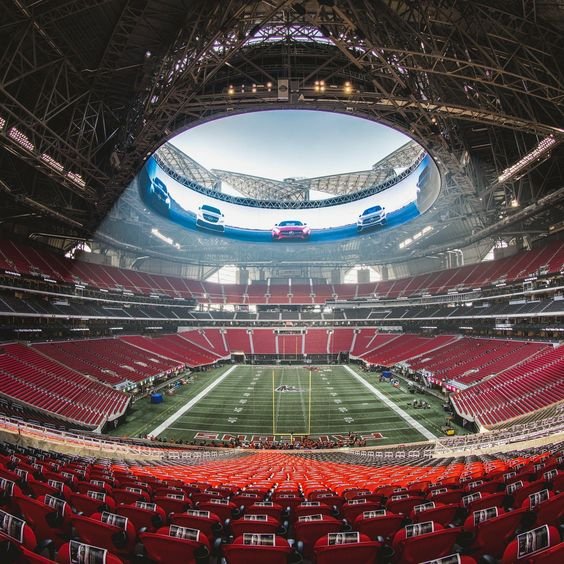
Introduction
Football, a game loved by millions around the globe, has a fascinating history that dates back to its creation. Many kick a ball around without knowing who invented the sport. In this article, we’ll take a journey through time to unravel the mystery behind the invention of football.
Ancient Roots
While the official story of football’s invention might surprise you, the roots of the game trace back centuries. In ancient civilizations like China, Greece, and Rome, various forms of kicking and ball games were played. However, these games were often quite different from the football we know today.
- China: The origins of football-like games can be found in ancient China. The game known as “cuju” (literally “kick ball”) was played as early as the Han Dynasty (206 BCE – 220 CE). It involved players kicking a leather ball through an opening into a net.
- Greece: The ancient Greeks also engaged in games involving a ball. One such game, called “episkyros,” is thought to have similarities to football. It was played between two teams, and the objective was to get the ball over the opposing team’s boundary lines.
- Rome: In ancient Rome, a game called “harpastum” was played, which involved a small ball and elements of both soccer and rugby. The players would try to keep or send the ball over the opposing team’s goal line.
These ancient games had some similarities to modern football but were distinct in their rules and playing styles. The transition from these early forms to the organized and standardized version of football we know today occurred during the 19th century in England. The establishment of rules and the formalization of the sport led to the creation of various football associations and the spread of the game globally. The first official rules of modern football, known as the Laws of the Game, were codified in 1863 by the newly formed Football Association in England. From there, the sport continued to evolve, gaining popularity worldwide and eventually becoming one of the most widely played and watched sports today.
The Medieval Mob Football
The concept of mob football gained popularity during medieval times in Europe. Villagers would engage in chaotic, large-scale games, where the objective was often to get the ball to a specific location. These matches were wild, unruly, and played without standardized rules, making them a far cry from the organized sport we recognize today.
- Lack of Standardized Rules: One of the defining features of mob football during medieval times was the absence of standardized rules. Each village or region had its own variations of the game, leading to a lack of uniformity in how it was played. Rules were often agreed upon informally by the participants, and they could vary significantly from one place to another.
- Mass Participation: Mob football matches involved a large number of participants, often entire villages or towns. The games were major social events and brought communities together, fostering a sense of camaraderie and shared identity.
- Chaotic Gameplay: The games were characterized by a lack of structure, with no fixed number of players or boundaries. The objective was typically to move the ball towards a predetermined location, such as a church or a specific landmark, but achieving this goal often involved chaotic and unruly play.
- Violent Elements: Violence was not uncommon during mob football matches. Players would use physical strength, and the games sometimes resulted in injuries or damage to property. The absence of standardized rules contributed to the rough and aggressive nature of these matches.
- Duration and Frequency: Mob football matches were often held on special occasions, such as holidays or festivals. The games could last for hours or even days, and they were seen as a form of entertainment for both participants and spectators.
While mob football shares some similarities with modern football, the lack of standardized rules and the chaotic nature of the games distinguish them significantly. The transition from mob football to the more organized and regulated form of the sport took place during the 19th century, as football associations in England and other countries began to establish official rules and guidelines, laying the foundation for the modern game we know today.
Schools and Standardization
The modern version of football began to take shape in schools and universities across England during the 19th century. Students started playing a more organized version of the game, with agreed-upon rules varying from place to place. This period saw a gradual move towards standardization, laying the groundwork for the sport we adore.
The Cambridge Rules
In 1848, students at Cambridge University established a set of rules known as the Cambridge Rules. These guidelines played a crucial role in shaping the modern form of football. Key elements, such as the prohibition of using hands and the creation of goal kicks, were introduced, providing a foundation for the game’s evolution.


The Birth of Modern Football
The turning point came in 1863 when the Football Association (FA) in England was formed. The FA standardized the rules of football, marking the birth of the modern version of the game. This pivotal moment laid the groundwork for the worldwide adoption of standardized rules and the establishment of global football associations.


Conclusion
So, who invented football? The answer is not attributed to a single individual but rather to the collective evolution of a game that has spanned centuries. From ancient civilizations to medieval chaos and finally, the standardized rules of the 19th century, football has undergone a remarkable journey. As we celebrate the joy of kicking a ball across a field, let’s remember the rich history that brought us the beautiful game we cherish today.